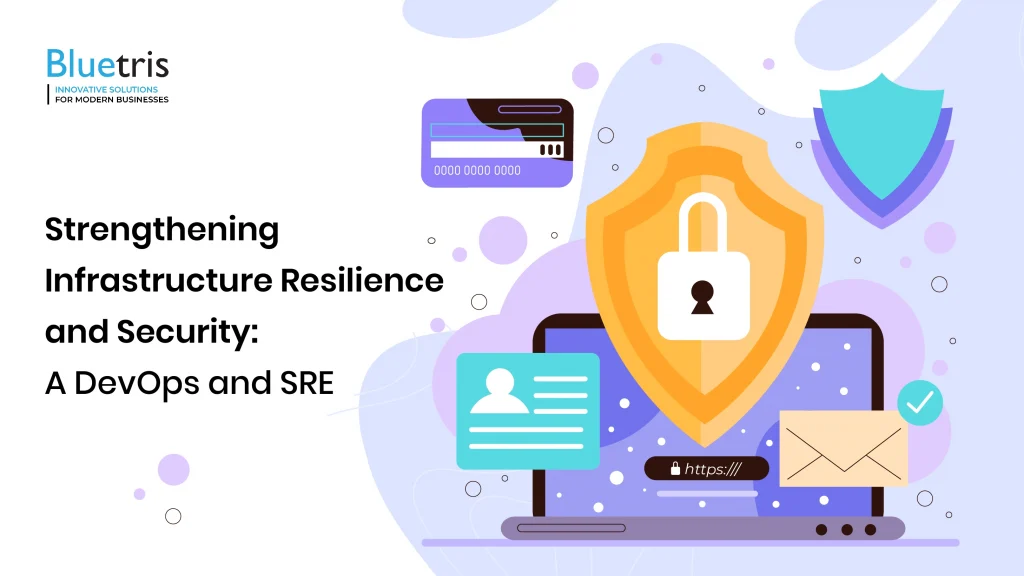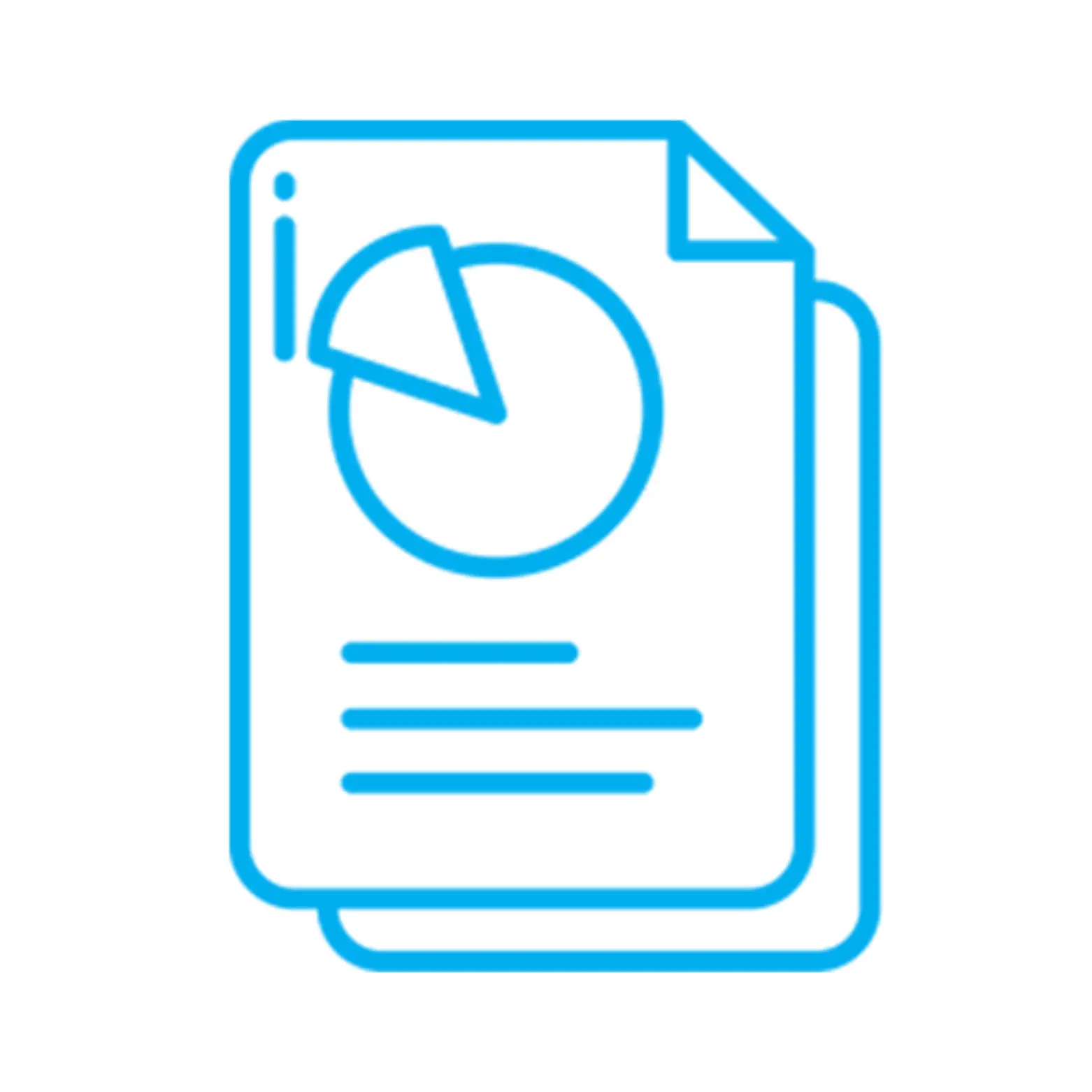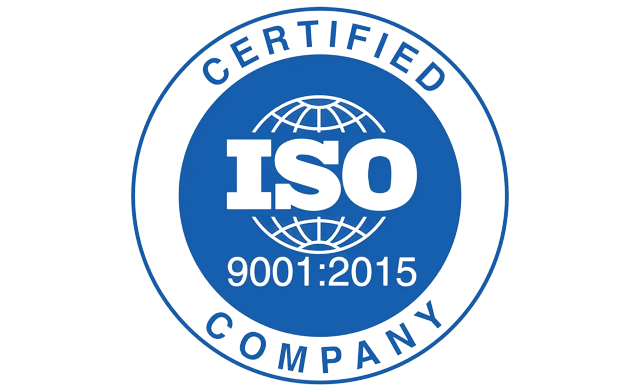Strengthening Infrastructure Resilience and Security: A DevOps and SRE
Introduction In today’s digital landscape, ensuring the resilience and security of infrastructure is paramount for businesses to thrive. This case study highlights the collaborative efforts of a team comprising DevOps engineers and Site Reliability Engineers (SREs) to fortify infrastructure security, implement disaster recovery measures, ensure high availability (HA), enable rollback capabilities, and prevent cyberattacks for …
Continue reading “Strengthening Infrastructure Resilience and Security: A DevOps and SRE”
Talk to our Consultant








